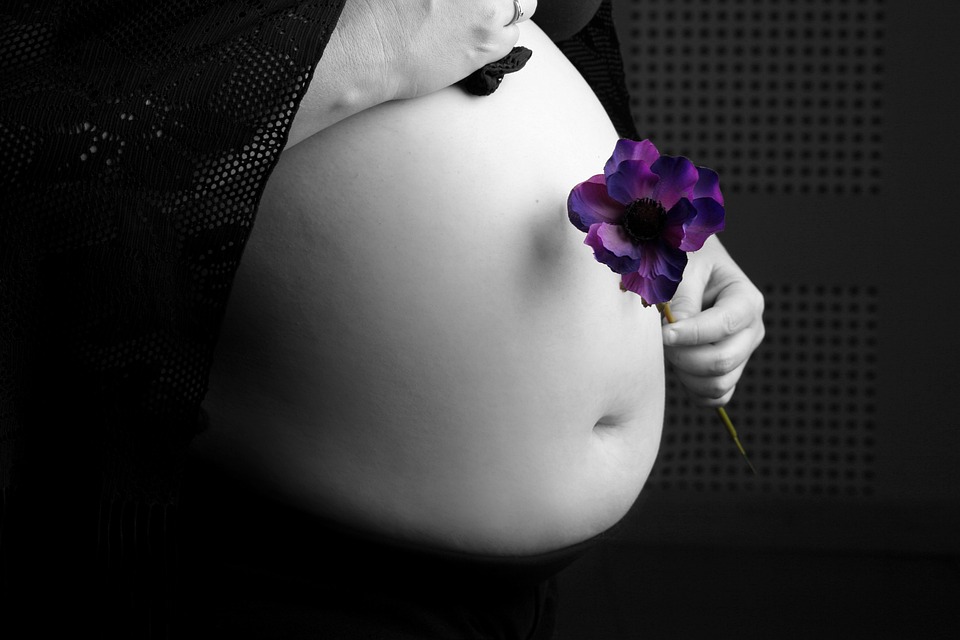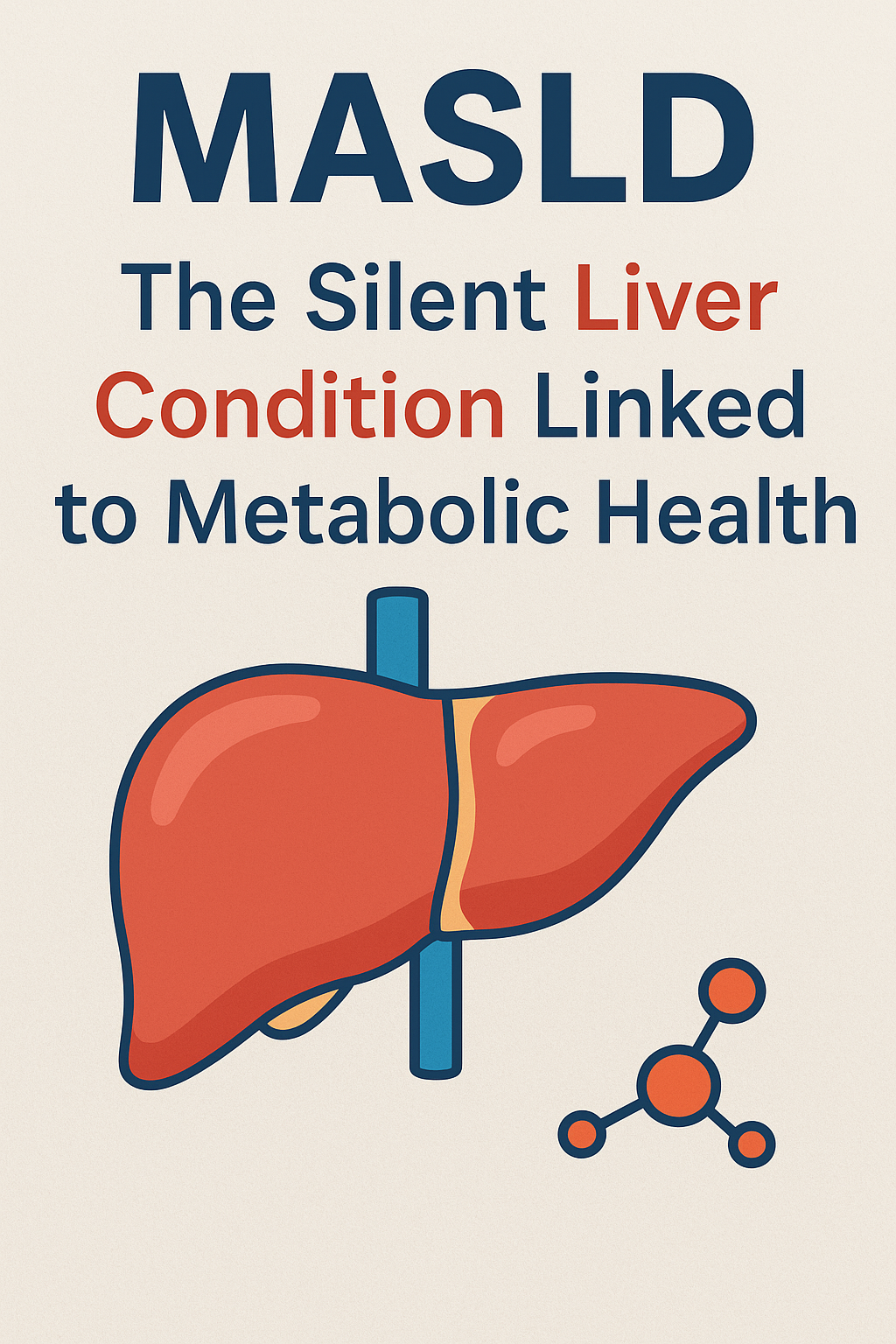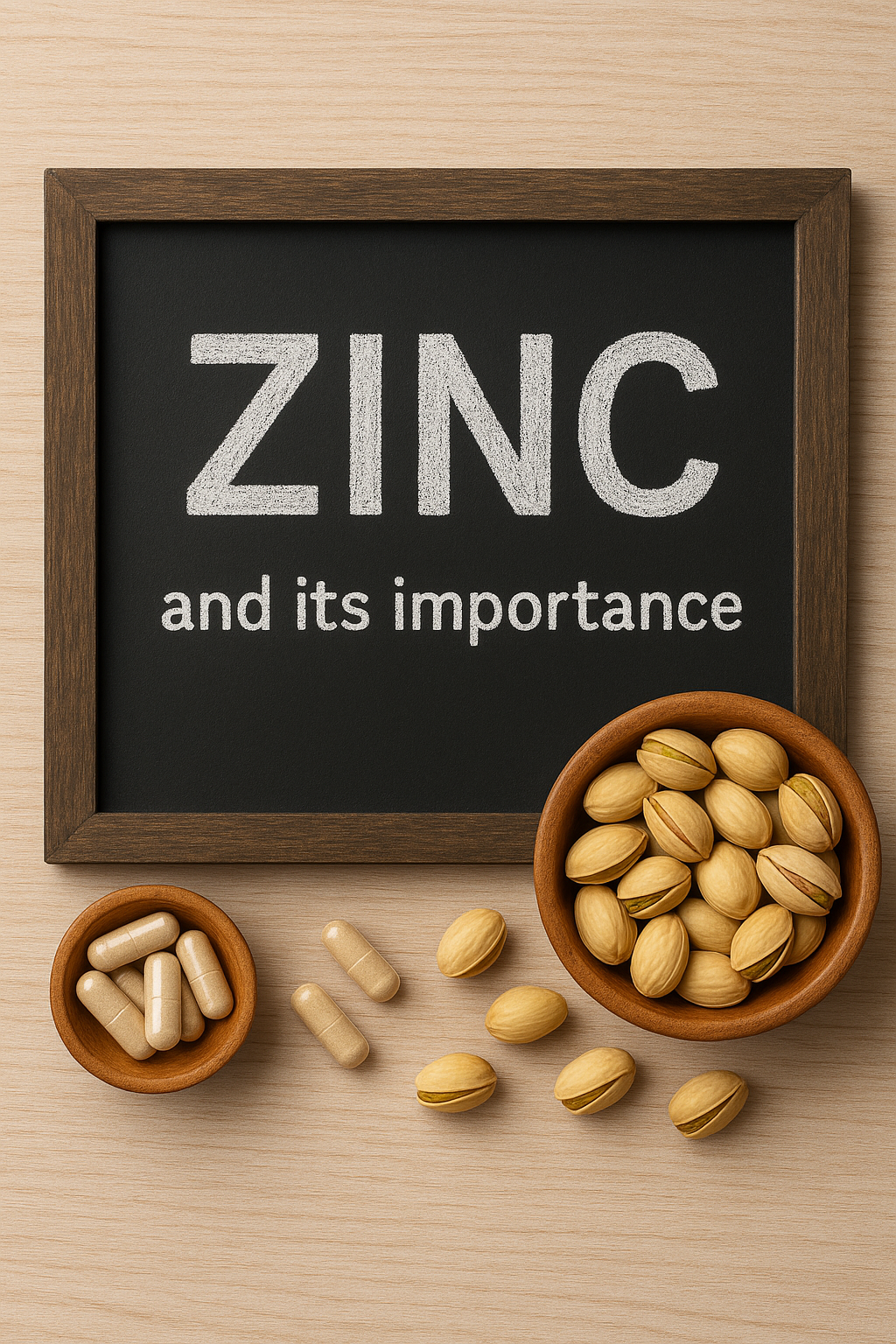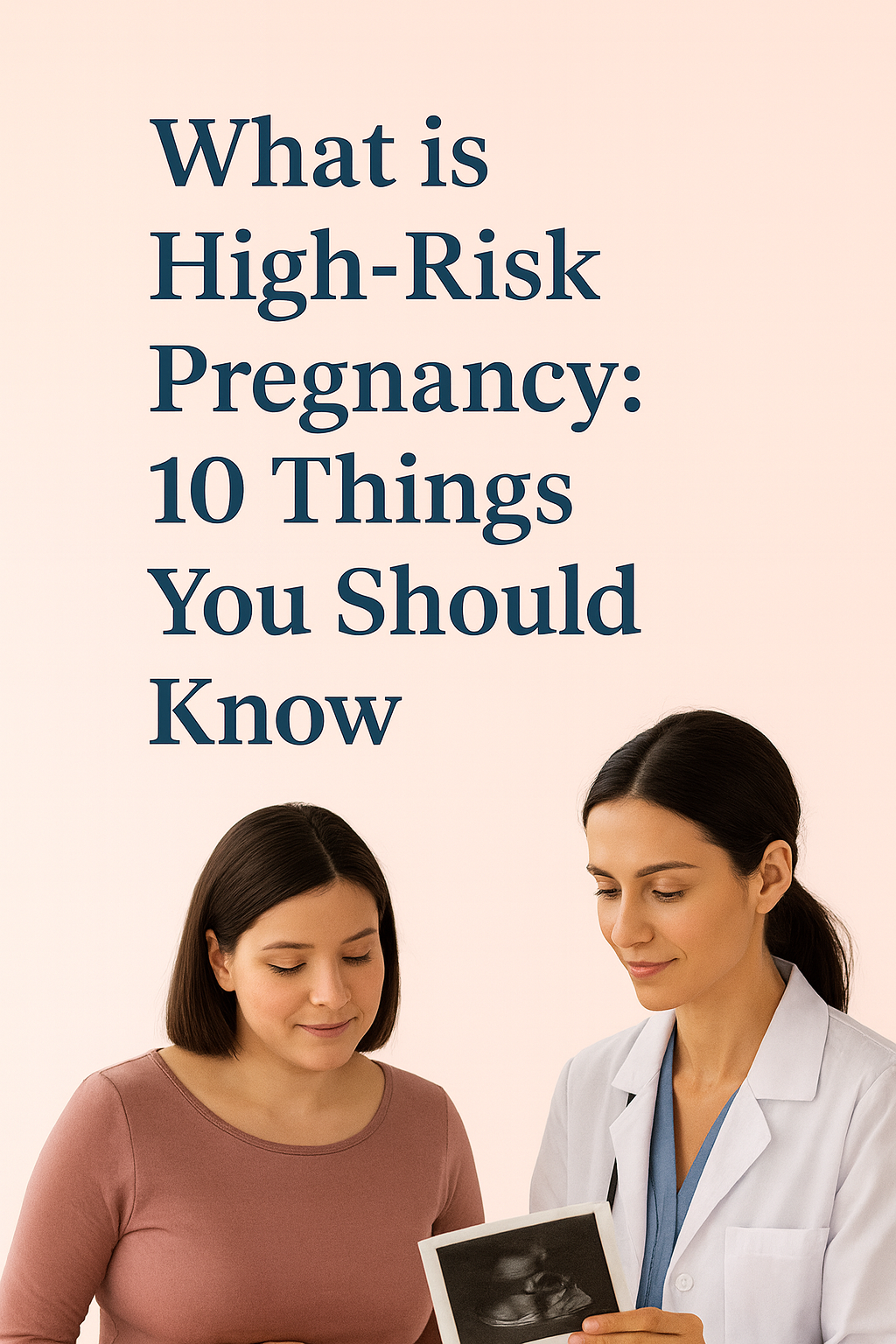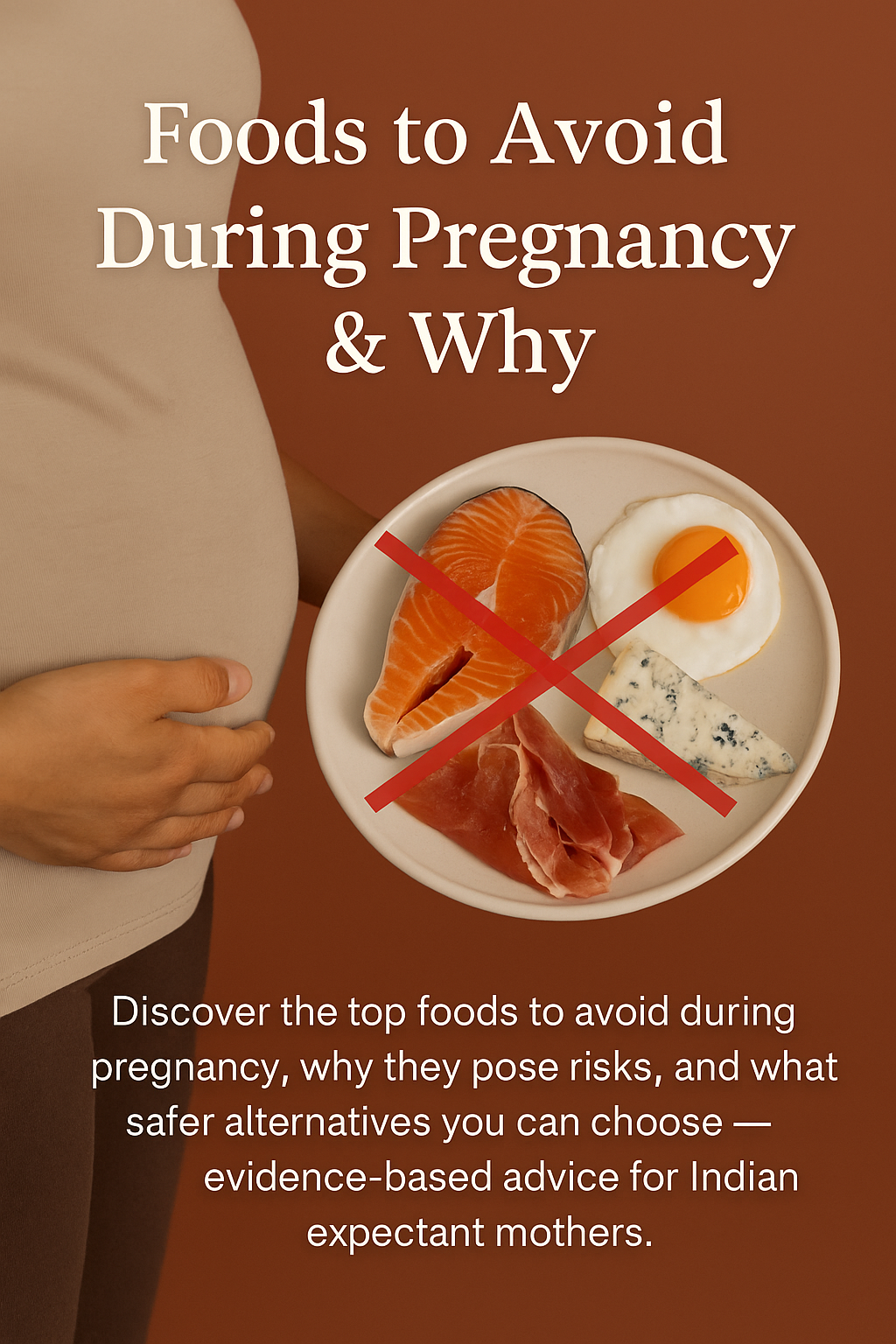“Mummy tummy” is a term commonly used to describe the changes in a woman’s body after pregnancy, particularly the appearance of the belly area. This term is often associated with the physical changes that can remain after childbirth, including loose skin, a stretched abdominal area, and the appearance of a “pooch” or slight protrusion in the lower abdomen.
It is a result of several factors related to pregnancy and childbirth like:
- Stretching of the Abdominal Muscles: During pregnancy, the growing baby puts a lot of pressure on the abdominal muscles. The rectus abdominis muscles (the two muscles that run vertically down the abdomen) can separate in a condition known as diastasis recti. This separation can result in a visible bulge or pooch in the lower belly after childbirth.
- Hormonal Changes: Pregnancy causes a significant hormonal shift. One of the hormones, relaxin, loosens the connective tissues to accommodate the growing baby, but it can also cause lingering effects on the abdominal muscles, contributing to a soft, less-toned appearance in the stomach area post-pregnancy.
- Weight Gain and Fat Accumulation: The body naturally gains weight during pregnancy to support the baby, and fat often accumulates in the abdominal area. After childbirth, some women may find it difficult to lose this extra fat due to hormonal fluctuations or lifestyle factors like lack of time for exercise or poor sleep.
- Loose Skin: After the belly stretches to accommodate a growing baby, the skin may not immediately retract back to its pre-pregnancy form. This is especially true for women who have experienced rapid weight gain or multiple pregnancies.
How to address mummy tummy?
While it is completely normal and natural to experience some changes in the body post-pregnancy, many women want to work towards regaining a flatter tummy and stronger core. Here are some ways to address mummy tummy:
Exercise:
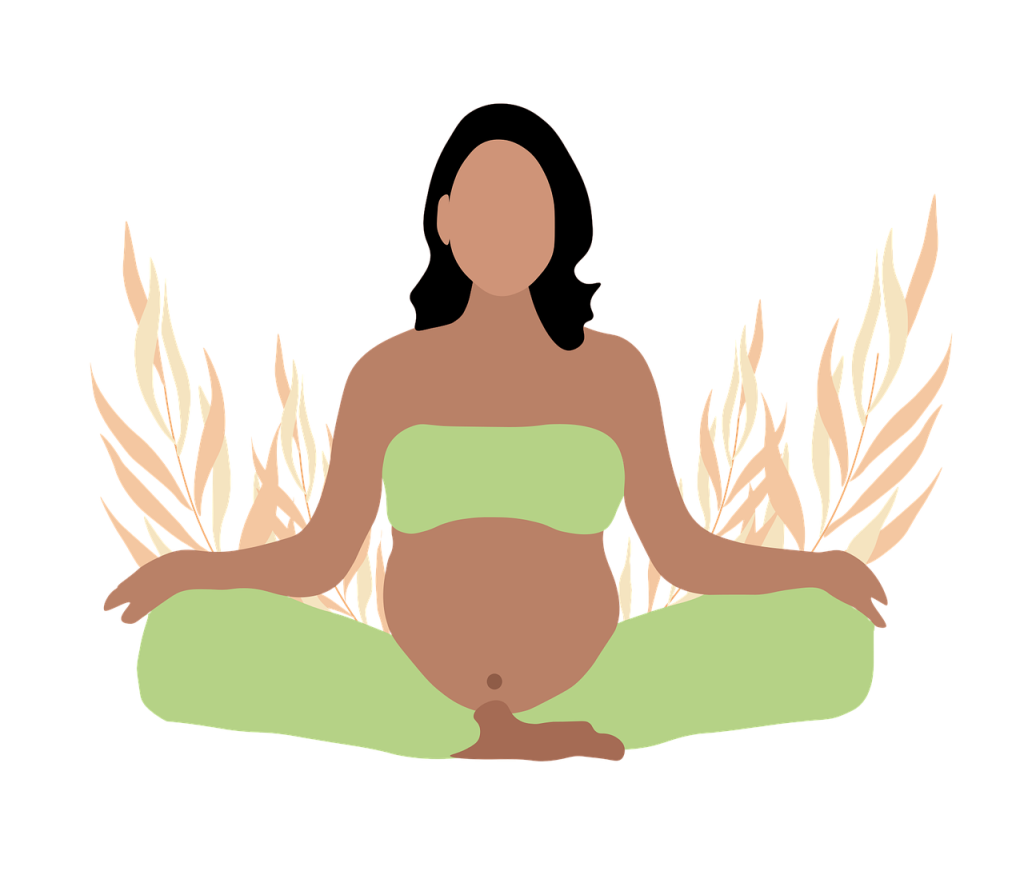
- Core Strengthening: Focus on exercises that target the deep abdominal muscles (like pelvic tilts, modified crunches, and other core strengthening exercises). However, it’s important to avoid traditional crunches or sit-ups until the body has recovered, especially if you have diastasis recti.
- Postpartum Yoga: Many women find yoga to be helpful in regaining strength and flexibility in the abdominal region. Poses like the cat-cow and plank can strengthen the core and improve posture.
- Cardio: Regular cardiovascular exercise, such as walking, cycling, or swimming, can help reduce overall body fat, which may reduce the appearance of a mummy tummy over time.
Nutrition:

- Balanced Diet: A healthy, balanced diet is crucial for losing the extra baby weight. Focus on whole foods like vegetables, fruits, lean proteins, and healthy fats. Avoid fad diets that promise quick weight loss, as these can be harmful to your body.
- Hydration: Drinking plenty of water is essential for maintaining skin elasticity and overall health. Proper hydration can also help you feel fuller, potentially reducing unnecessary snacking.
Postpartum Support:
- Postpartum Abdominal Bands or Belts: Some women find abdominal binders or compression garments helpful to provide support to the abdominal muscles while they recover after childbirth.
- Physical Therapy: For women with diastasis recti, physical therapy can help to strengthen the abdominal muscles and reduce the separation. A professional can teach specific exercises to safely bring the muscles back together.
- Postpartum Massage: Certain types of massages may help with skin elasticity and reduce the appearance of a mummy tummy by stimulating blood flow and promoting the healing of tissues.
Acceptance of the Changes
It’s essential to recognize that mummy tummy is a natural part of the post-pregnancy body for many women. Bodies undergo remarkable changes during pregnancy to nurture a growing baby, and it may take time to return to pre-pregnancy shape, if at all.
It’s also important to note that every woman’s experience is different. Some women may return to their pre-pregnancy shape relatively quickly, while others may find that their bodies have permanent changes, including a soft belly or stretch marks. The most important thing is to embrace these changes with self-love and body positivity.
The Psychological Impact
While many women desire to lose the “mummy tummy” for aesthetic reasons, it’s also essential to focus on the psychological aspect of body changes. The experience of childbirth can bring emotional and mental changes, and it’s important to be kind to yourself during the postpartum period. Social media and societal pressures can often create unrealistic expectations of how the post-pregnancy body should look. It’s vital to set realistic goals and recognize that health and wellness are more than just appearance.
When to Seek Professional Help
If you have concerns about your mummy tummy, such as persistent abdominal separation (diastasis recti), pain, or discomfort, it may be helpful to consult a healthcare provider or a physical therapist specializing in postpartum care. In some cases, surgical interventions such as a tummy tuck (abdominoplasty) might be considered, but these are typically not necessary for most women unless there is significant discomfort or other medical issues.

